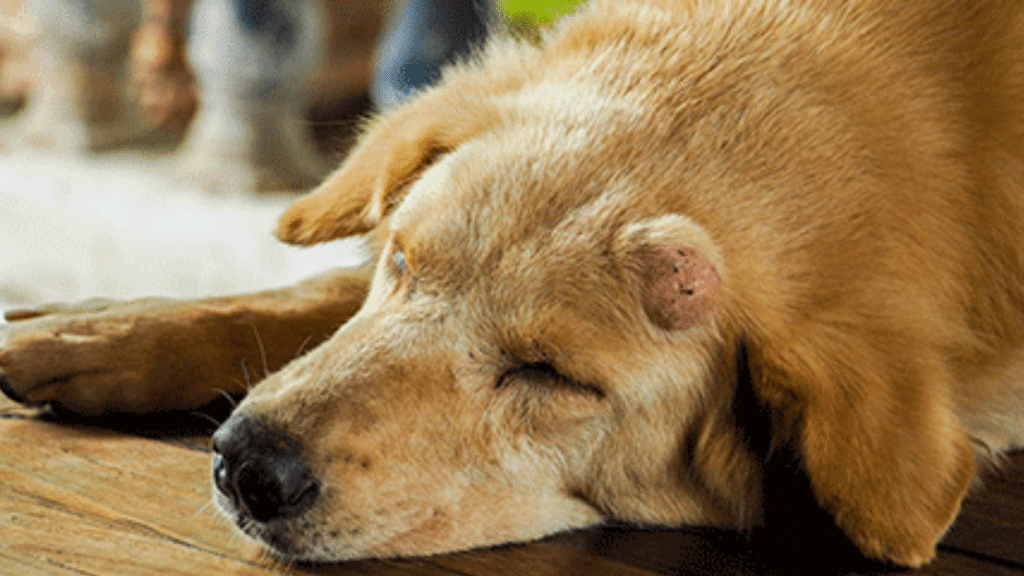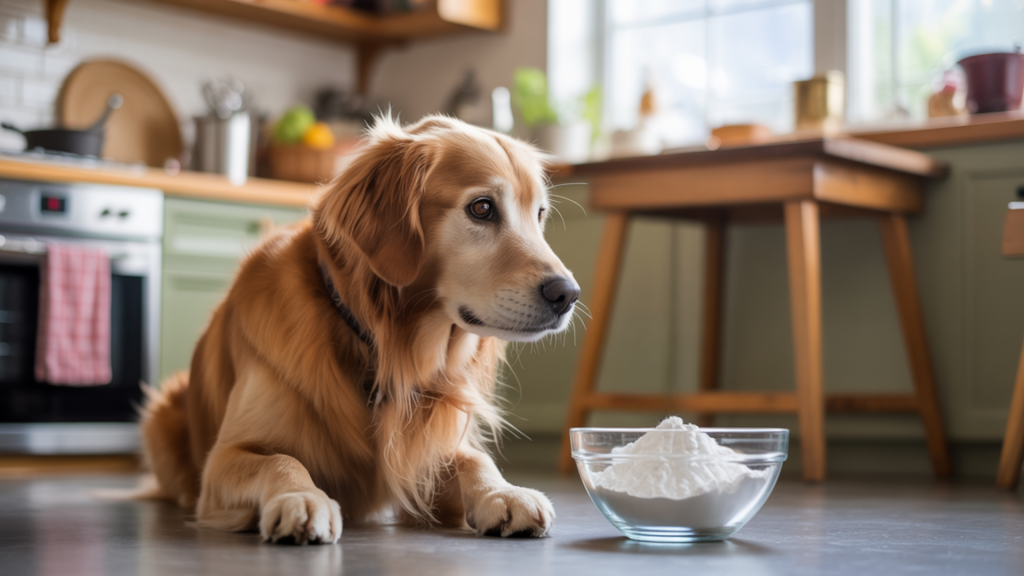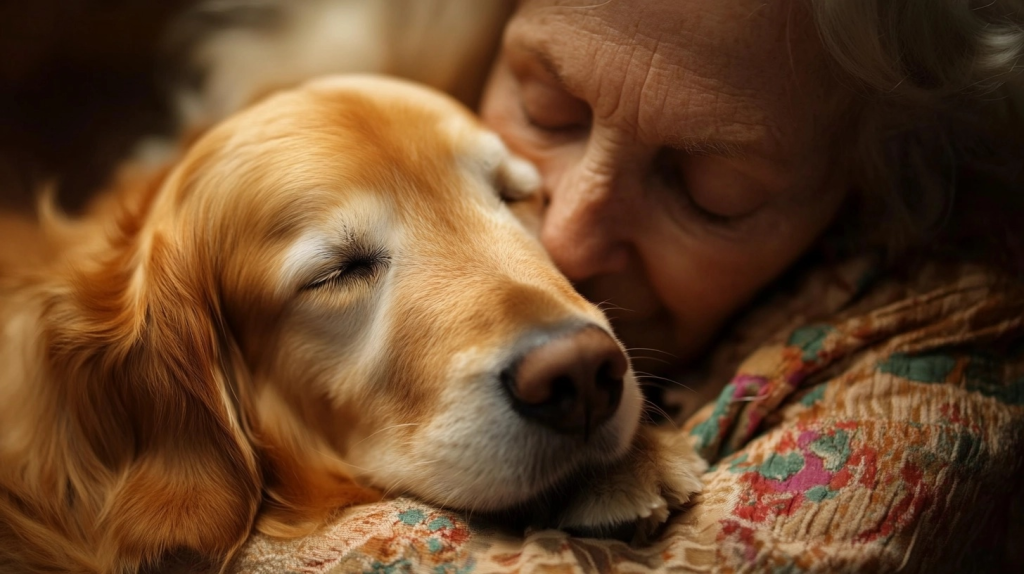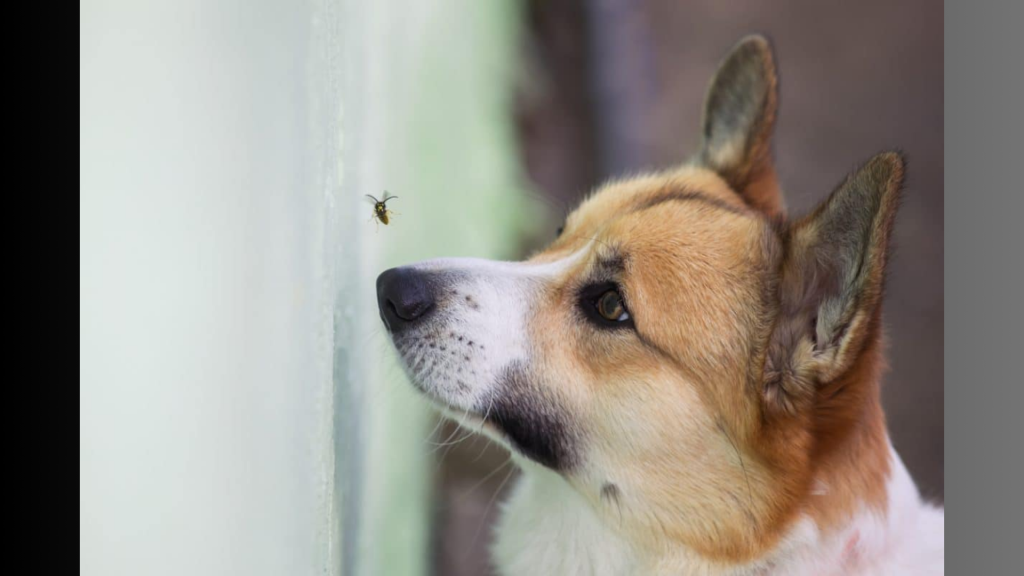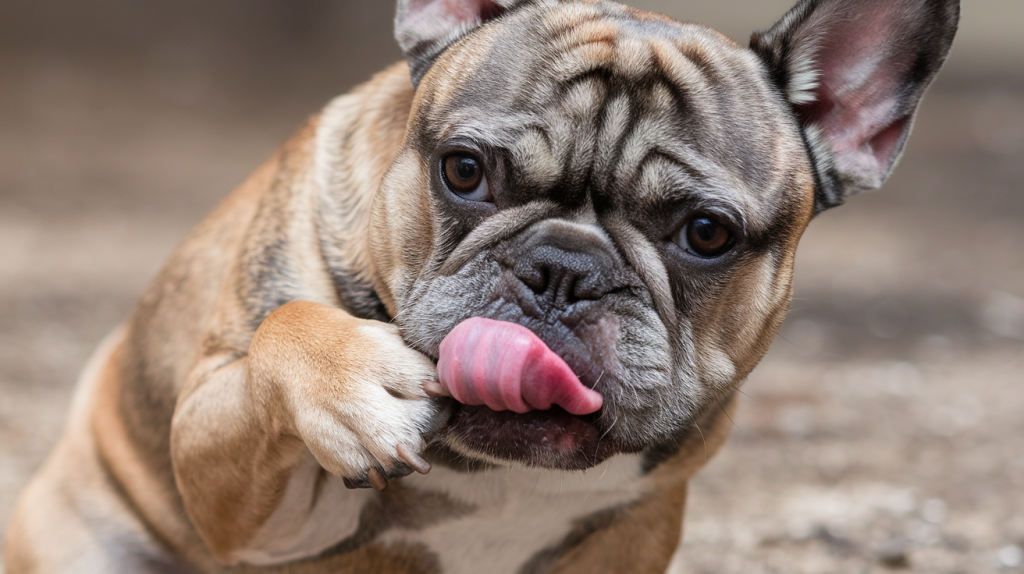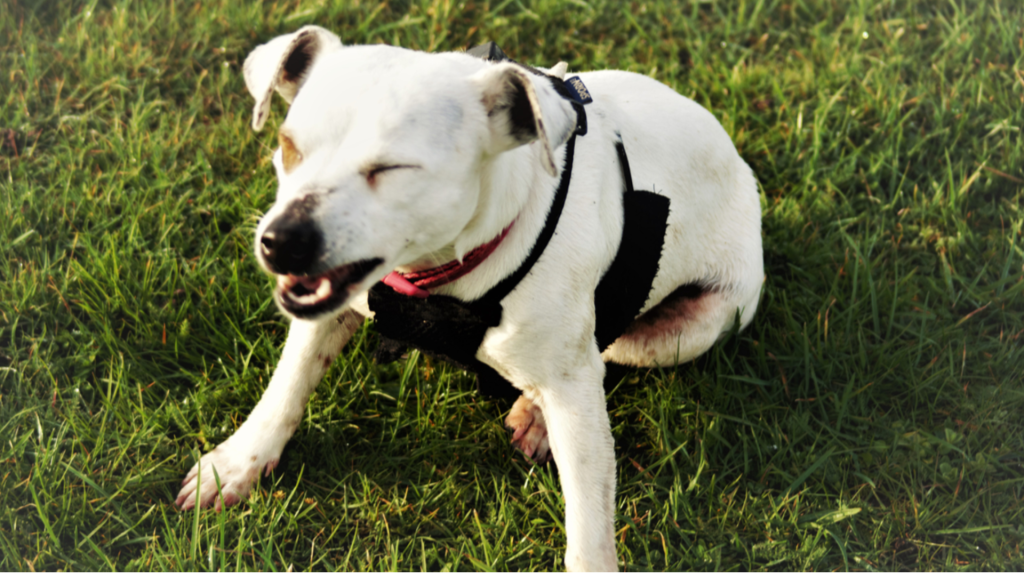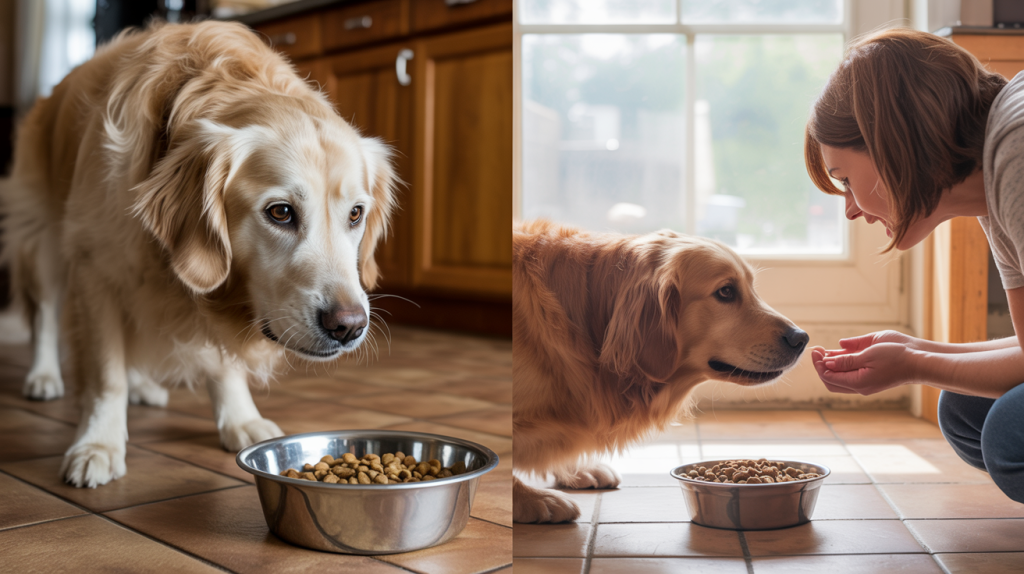Every dog owner knows that sinking feeling when they find an unexpected lump during cuddle time.
Sudden lumps on dog under skin can appear overnight, leaving pet parents worried and searching for answers. These mysterious bumps range from harmless fatty deposits to more serious conditions that need immediate attention.
This blog will help you identify the most common types of sudden lumps and understand what causes them to appear so quickly. You’ll learn when to schedule that vet visit and when you can breathe a little easier.
By the end, you’ll feel more confident about those unexpected findings during your daily pet check-ups.
What Is a Lump on Your Dog?
A lump on your dog is any abnormal growth or mass on or under the skin, ranging from soft fatty tumors (lipomas) to firm cysts or hard irregular masses.
Common types include sebaceous cysts, histiocytomas, abscesses, and various benign or malignant tumors.
Lumps develop from multiple causes including age, genetics, infections, blocked follicles, or abnormal cell growth. They can appear suddenly or gradually, with texture varying from fluid-filled to solid.
Location matters – masses in mammary tissue, lymph nodes, or mouth areas require more urgent evaluation. Visual appearance alone cannot determine if a lump is benign or malignant, requiring veterinary examination for accurate diagnosis.
Warning signs include rapid growth, size changes, ulceration, bleeding, or firm attachment to underlying structures.
Diagnostic methods include fine needle aspiration and biopsy. While many lumps are harmless, any new or changing mass should be professionally evaluated since some aggressive cancers initially appear benign, and early detection significantly improves treatment outcomes.
Types of Sudden Lumps on Dog Under Skin
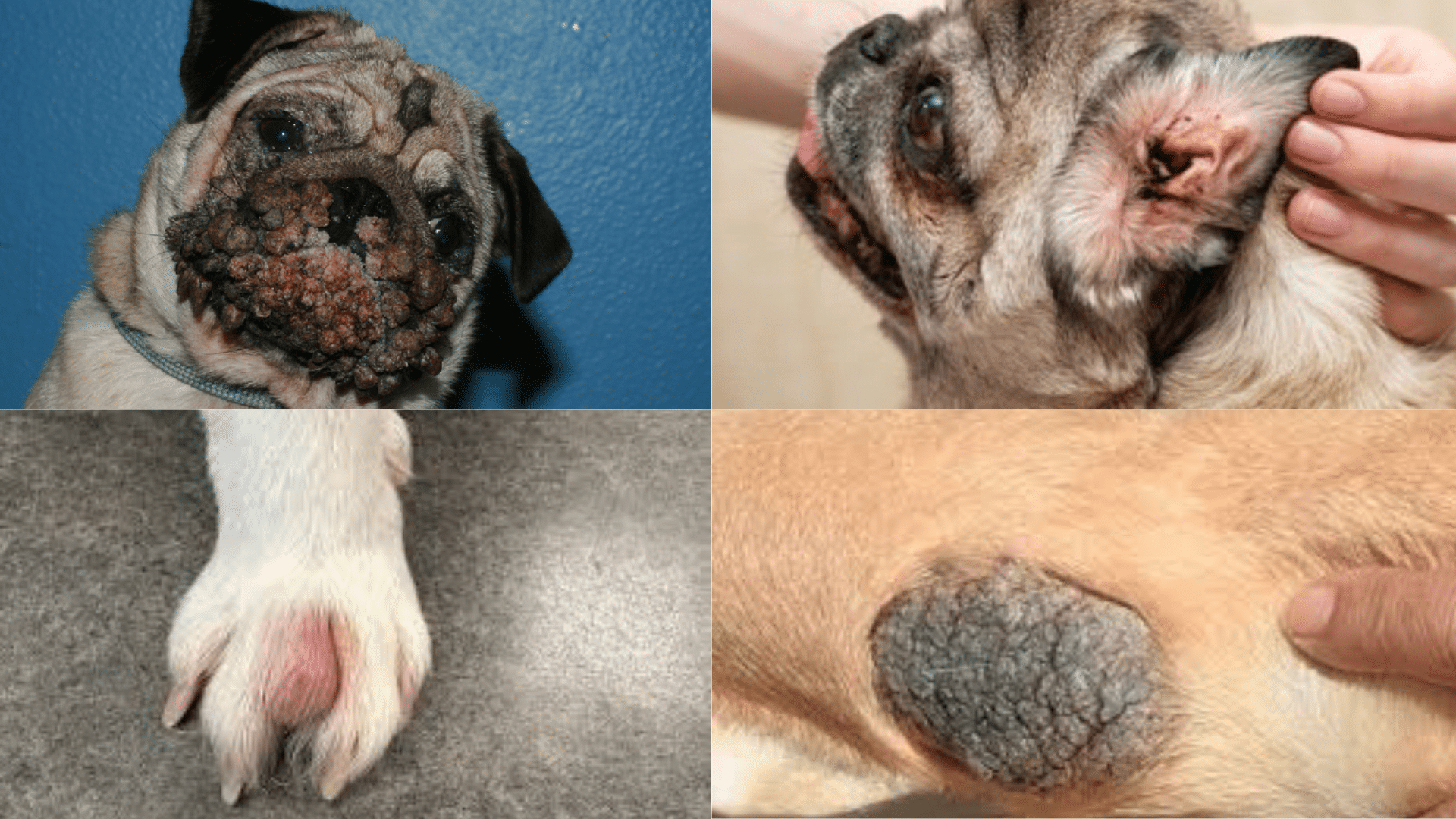
When you feel an unexpected soft lump on dog during your daily dog cuddles, it’s natural to worry.
This blog explains the most common types of sudden lumps that appear on dogs, from harmless fatty deposits to conditions requiring immediate veterinary attention.
1. Lipomas
Lipomas are soft, slow-growing fatty lumps found under the skin, often in middle-aged or older dogs. They are usually painless, movable, and harmless, though large ones may cause discomfort depending on location.
- Causes: Accumulation of fat cells under the skin
- Common Location: Chest, abdomen, upper legs
- Texture: Soft, squishy, and easy to move under the skin
- Growth Rate: Gradual over months or years
2. Sebaceous Cyst
Sebaceous cysts are small, firm bumps caused by blocked oil glands in a dog’s skin. They may remain closed or occasionally rupture, releasing a white or yellowish discharge. Most are not painful unless infected.
- Causes: Blockage of sebaceous (oil) glands
- Common Location: Back, neck, upper body
- Texture: Firm or slightly soft, may have a central pore
- Growth Rate: Slowly over weeks or months
3. Abscess
An abscess is a swollen, pus-filled lump often caused by infections, bites, or injuries. It may feel warm, be painful to touch, and grow quickly over a short time.
- Causes: Bacterial infection from wounds or bites
- Common Location: Anywhere on the body
- Texture: Soft, fluid-filled, and tender
- Growth Rate: Rapid over days
4. Mast Cell Tumor
Mast cell tumors can look like harmless lumps but may grow quickly and change in size. They may cause redness, itching, or ulceration and need prompt veterinary evaluation.
- Causes: Abnormal growth of mast cells in the skin
- Common Location: Trunk, limbs, occasionally head
- Texture: Firm or soft, may change shape
- Growth Rate: Variable, can be rapid or slow
5. Histiocytoma
Histiocytomas are small, raised, red lumps seen mostly in young dogs. They are usually firm, hairless, and appear suddenly, often shrinking on their own over time.
- Causes: Overgrowth of immune system cells in the skin
- Common Location: Head, ears, legs
- Texture: Firm and smooth
- Growth Rate: Quick appearance over days to weeks
6. Wart (Papilloma)
Warts are small, cauliflower-like skin growths caused by a virus. They often appear in clusters and are more common in younger dogs or those with weaker immune systems.
- Causes: Canine papillomavirus infection
- Common Location: Mouth, lips, eyelids, feet
- Texture: Rough and bumpy
- Growth Rate: Gradual over weeks
7. Hematoma
A hematoma is a lump caused by blood collecting under the skin, usually after trauma or vigorous scratching. It can be soft, warm, and sometimes painful, especially in the ear flaps.
- Causes: Blood vessel rupture from injury or scratching
- Common Location: Ears, legs, chest
- Texture: Soft or firm, may feel fluid-filled
- Growth Rate: Rapid after injury
8. Allergic Reaction Lump
Allergic reactions can cause sudden, raised skin lumps called hives. They may appear in clusters, itch, and change size quickly depending on exposure to allergens.
- Causes: Allergic response to food, bites, or contact irritants
- Common Location: Face, neck, back
- Texture: Soft, raised, often warm
- Growth Rate: Very fast, minutes to hours
9. Skin Tag
Skin tags are small, flesh-colored lumps of extra skin that are usually harmless. They can be flat or hang slightly off the skin’s surface.
- Causes: Overgrowth of skin tissue
- Common Location: Neck, chest, eyelids
- Texture: Soft and flexible
- Growth Rate: Gradual over time
10. Follicular Cyst
Follicular cysts develop when a hair follicle becomes blocked. They are usually round, firm, and may contain thick material inside.
- Causes: Blocked hair follicle
- Common Location: Back, neck, legs
- Texture: Firm and round
- Growth Rate: Slowly over weeks or months
11. Soft Tissue Sarcoma
Soft tissue sarcomas are firm lumps that may feel fixed to underlying tissue. They can appear anywhere on the body and tend to grow steadily over time.
- Causes: Abnormal growth of connective tissue cells
- Common Location: Legs, trunk, under skin
- Texture: Firm and immovable
- Growth Rate: Gradual over months
12. Insect Bite Lump
An insect bite can cause a small, raised lump that may be itchy or sore. It can appear quickly and may be accompanied by redness or swelling.
- Causes: Reaction to insect saliva or sting toxin
- Common Location: Face, legs, belly
- Texture: Soft and raised
- Growth Rate: Rapid; minutes to hours
13. Cutaneous Horn
A cutaneous horn is a hard, pointed skin growth made of keratin. While often harmless, it can be linked to underlying skin changes.
- Causes: Excess keratin production in skin cells
- Common Location: Nose, eyelids, feet
- Texture: Hard and rough
- Growth Rate: Slow over months
14. Callus
Calluses are thickened, hairless skin patches caused by constant pressure. They feel firm and can sometimes crack or become infected.
- Causes: Repeated friction or pressure on the skin
- Common Location: Elbows, hips
- Texture: Hard and rough
- Growth Rate: Gradual over time
15. Basal Cell Tumor
Basal cell tumors are usually firm, raised lumps that grow slowly. They are more common in older dogs and can vary in size and appearance.
- Causes: Overgrowth of basal skin cells
- Common Location: Head, neck, shoulders
- Texture: Firm and well-defined
- Growth Rate: Slow over months
Signs a Lump Needs Immediate Attention
If you notice a lump on your dog or pet, some symptoms indicate the need for urgent veterinary care. Immediate attention is necessary if you observe any of the following:
1. Rapid growth or sudden appearance: The lump grows quickly, changes size over hours/days, or appears overnight.
2. Pain or discomfort: Your pet winces, yelps, or shows signs of pain when you touch the lump, or becomes protective of the area.
3. Warmth, redness, or swelling: The lump feels hot, looks red, or is significantly swollen—signs of inflammation or infection.
4. Discharge, bleeding, or ulceration: The lump oozes pus, blood, or any fluid, or develops an open sore.
5. Changes in color or texture: The lump changes from the color of the surrounding skin to red, purple, or black, or its surface/shape changes abruptly.
6. Attached to deeper tissue: The lump feels hard, irregular, or fixed to underlying tissue rather than soft and movable.
7. Accompanying systemic symptoms: Your pet exhibits new lethargy, appetite loss, vomiting, fever, or other unusual behavior along with the lump.
8. Location: Lumps that impair vision, eating, breathing, or movement, or those near joints or organs, can be serious.
9. Bursting/opening up: If a lump bursts, ruptures, or starts to bleed, call your vet immediately.
How Vets Diagnose Sudden Lumps on Dog Under Skin

Veterinarians have several methods to figure out what your dog’s lump actually is. The process usually starts simple and gets more detailed if needed.
Observation & Palpation
The vet visually examines the lump’s size, shape, color, texture, and whether it is ulcerated or bleeding.
They palpate (feel) the lump to assess its size, texture (soft, firm, hard), mobility (movable or fixed), and tenderness, which helps form an initial impression about the lump’s nature.
Fine-Needle Aspiration (FNA)
This is a minimally invasive, quick, and relatively painless procedure where the vet inserts a thin needle into the lump to collect cells or fluid.
The sample is spread on a slide and examined under a microscope to detect the type of cells present.
FNA can often differentiate benign lumps (like lipomas) from malignant tumors and infections. It requires little to no sedation and is usually done during a routine visit.
Though very useful, results can sometimes be inconclusive, especially if the lump doesn’t shed cells well, necessitating further testing.
Biopsy or Excision
If FNA is inconclusive or suggests malignancy, the vet may recommend a biopsy, removing a small piece of tissue, or complete surgical excision of the lump.
The tissue is sent to a lab for histopathology, which provides a definitive diagnosis by examining the architecture of the tissue cells, their type, and malignancy status.
This is more invasive but more accurate than FNA.
Imaging (Ultrasound, X-rays)
If the lump is suspected to extend under the skin, involve internal organs, or affect deeper tissues, imaging like ultrasound or X-rays may be used to assess its size, depth, and interaction with surrounding structures.
This helps plan surgery or further diagnostic steps
Preventing Sudden Lumps on Dog Under Skin
While not all lumps can be prevented, since some are caused by genetics, aging, or unavoidable conditions, you can reduce the risk and catch issues early with proactive care:
- Regular Vet Check-Ups: Annual or biannual exams help detect lumps in their early stages.
- Monthly At-Home Checks: Gently run your hands over your dog’s entire body to spot new or unusual bumps.
- Maintain a Healthy Weight: Obesity can increase the risk of certain growths and tumors.
- Balanced Diet: Feed high-quality food rich in nutrients and antioxidants to support immune health.
- Parasite Control: Prevent fleas, ticks, and other parasites, which can cause skin irritation and swelling.
- Avoid Environmental Toxins: Limit exposure to pesticides, harsh chemicals, and other carcinogens.
- Prompt Treatment of Injuries: Even small wounds should be cleaned and monitored to prevent infections that can cause swelling.
Early detection is key, many lumps are harmless, but some require quick veterinary attention to prevent complications.
Conclusion
Sudden lumps on dog under skin don’t have to send you into panic mode. Most bumps turn out to be harmless fatty deposits or simple cysts that need minimal treatment.
The key is knowing what to watch for and when to seek help. Trust your instincts when something feels different. Quick action on warning signs like rapid growth or bleeding can make all the difference in treatment outcomes.
Regular touch-checks during grooming help you stay ahead of problems. Your vet is your best partner in keeping your dog healthy and comfortable.
Schedule that wellness exam you’ve been putting off, and give your furry friend an extra cuddle tonight.


